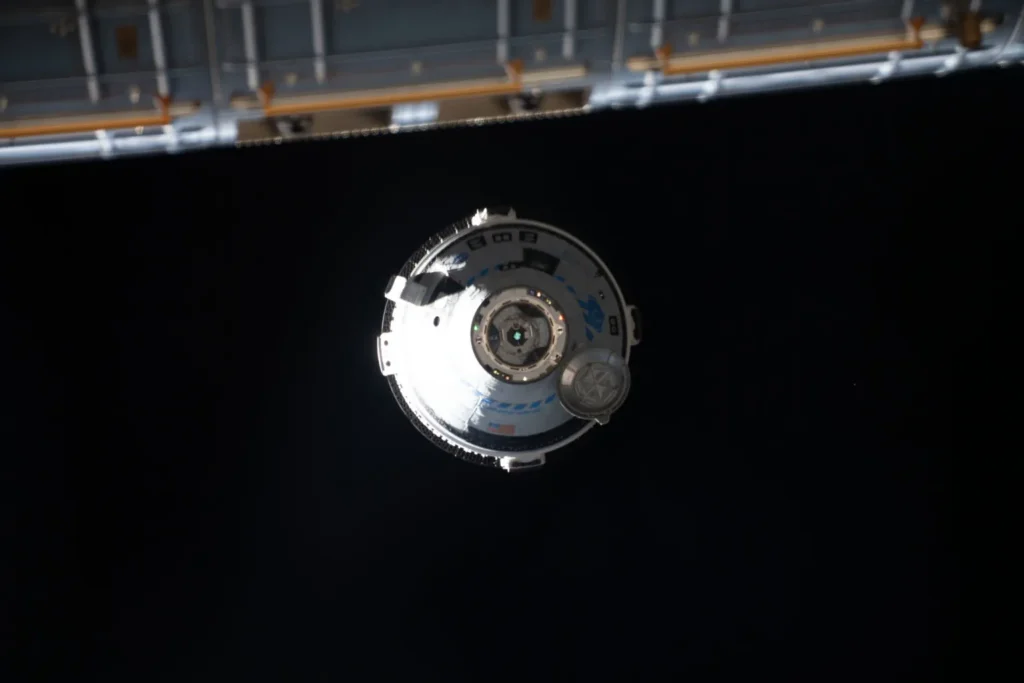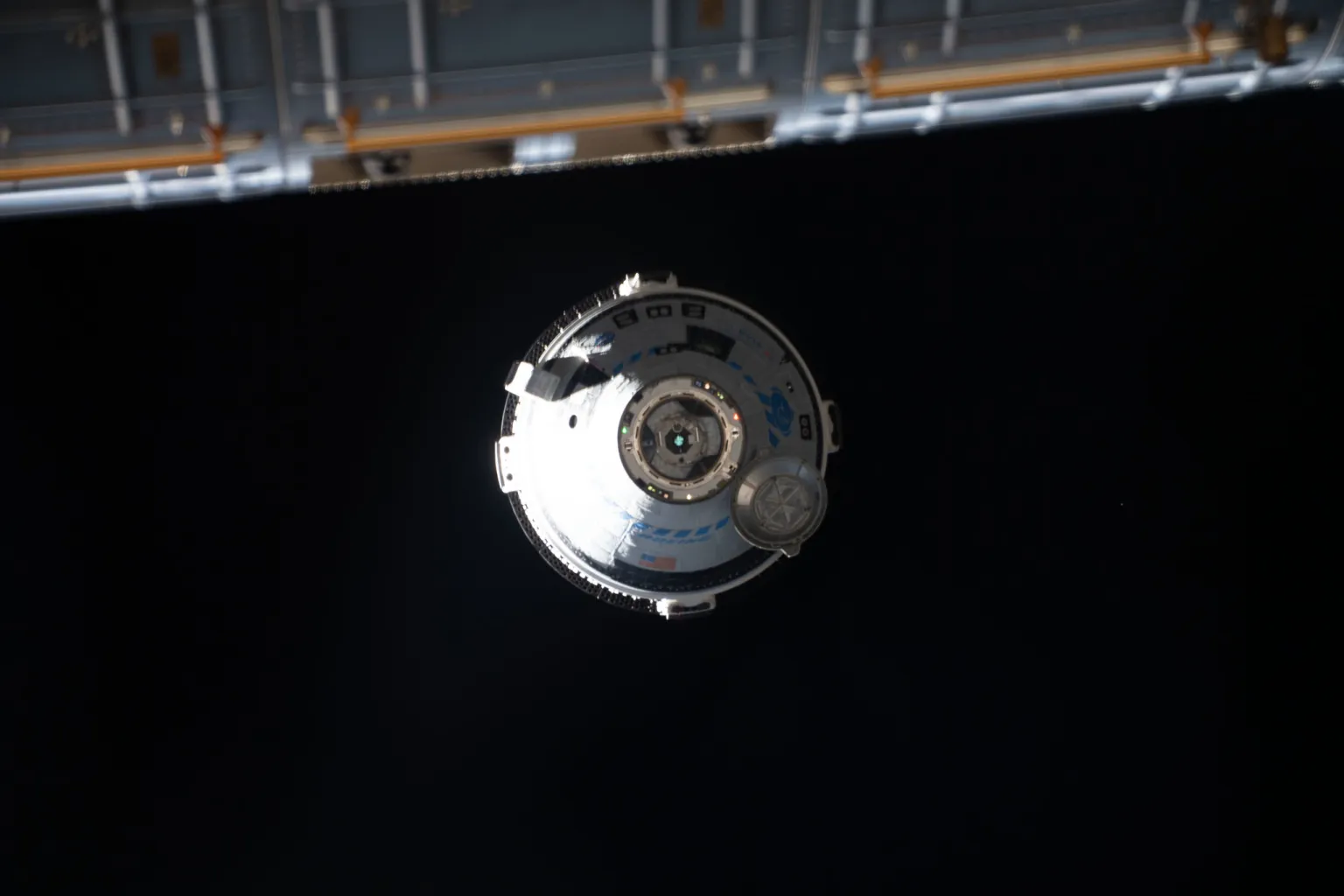“NASA, Boeing Starliner, crewed spaceflight, International Space Station, ISS docking, ULA Atlas V rocket, Commercial Crew Program, space exploration, Butch Wilmore, Suni Williams, live space launch”

“Join NASA and Boeing on a historic journey with the first crewed launch of the Starliner spacecraft. Set for May 6, this mission will carry astronauts Butch Wilmore and Suni Williams to the International Space Station aboard the ULA Atlas V rocket, marking a significant milestone in commercial space travel. Discover details about the launch, docking, and the implications for future missions to the Moon and Mars.”
The countdown to an extraordinary chapter in space exploration is nearly at an end as NASA gears up for the Boeing Crew Flight Test. This pivotal mission will see astronauts Butch Wilmore and Suni Williams embark on a journey aboard the United Launch Alliance (ULA) Atlas V rocket, marking Boeing Starliner’s first crewed launch. Scheduled for liftoff at 10:34 p.m. EDT on May 6, from Cape Canaveral Space Force Station in Florida, this mission is not just a test but a monumental step in NASA’s Commercial Crew Program.
The Mission’s Objective
The core objective of this mission is to evaluate the Boeing Starliner spacecraft’s performance in a real-world scenario. This includes the journey to and from the International Space Station (ISS), where the spacecraft will dock to the Harmony module’s forward-facing port at 12:48 a.m., just over two days later. The week-long stay at the ISS will allow NASA to thoroughly assess the spacecraft and its subsystems, ensuring everything is up to the mark for future rotational missions.
Extensive Coverage and Participation
NASA plans to provide comprehensive live coverage of the entire process, beginning with the prelaunch activities. The coverage will include multiple briefings and a news conference on May 1, where the astronauts themselves will share insights about their upcoming journey. Additionally, a plethora of events leading up to the launch, including a NASA Social panel discussion and prelaunch news conference, will be available for viewers worldwide via NASA Television, the NASA app, and online platforms like YouTube.
The launch event will be a spectacle of human ingenuity and technological achievement. Post-launch, NASA will continue its live coverage through the docking, hatch opening, and a series of news conferences that will provide up-to-date information about the mission’s progress and any developments.
Virtual Engagement and Public Participation
Embracing modern communication technologies, NASA encourages public participation through its virtual guest program. This initiative not only allows space enthusiasts to register and virtually attend the launch but also provides them with curated resources and updates about the mission. Social media users can engage with the mission using hashtags like #Starliner and #NASASocial, creating a global conversation about this significant event.
A Step Towards Future Explorations
This mission is pivotal not only for its immediate objectives but also for what it represents for the future of space travel. NASA’s Commercial Crew Program, in collaboration with American private industry, aims to facilitate safe, reliable, and cost-effective transportation to and from the ISS. This program is instrumental in changing the trajectory of human spaceflight history, enhancing access to low-Earth orbit and maximizing the potential of the ISS as a gateway for further space exploration.
The Broader Horizon
The success of this mission will have far-reaching implications, setting the stage for more ambitious projects such as missions to the Moon and eventually Mars. As NASA continues to expand its partnerships and foster innovations, missions like the Boeing Crew Flight Test exemplify how collaboration and technological advancement can lead to remarkable achievements in space exploration.
As we approach the launch date, the anticipation and excitement among the space community and the public are palpable. This mission not only represents a significant technological test but also a hopeful prospect for future explorations that could one day take us beyond the Moon to Mars and possibly beyond. With the world watching, the Boeing Starliner is poised to make its mark in the annals of space history, propelled by the dreams and efforts of countless individuals dedicated to exploring the final frontier.
